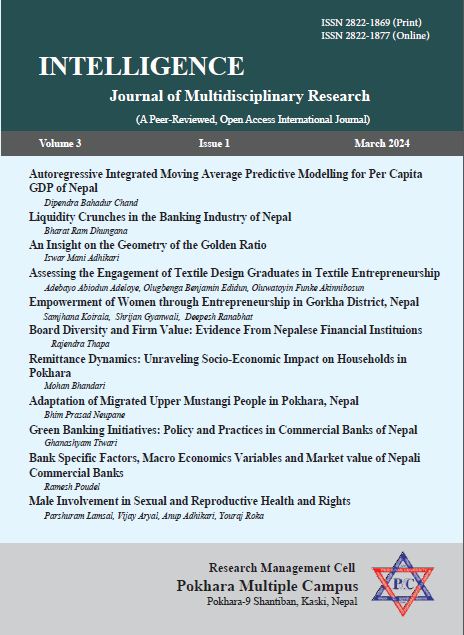Remittance Dynamics: Unraveling Socio-Economic Impact on Households in Pokhara
DOI:
https://doi.org/10.3126/ijmr.v3i1.65477Keywords:
Households, Human capital, Living standard, Pokhara remittanceAbstract
This research aims to evaluate the socio-economic implications of remittances on households in Pokhara Valley, Nepal by employing a positivist approach, empirical observation, quantitative analysis, and statistical methods through comparative research design and utilizes statistical tools such as chi-square tests and independent samples t-tests. Quantitative data are collected through structured questionnaires, enabling numerical insights into spending patterns, human capital investments, and agricultural involvement for hypothesis testing. From the findings of this study households receiving remittances demonstrate higher investments in health and education, positively impacting their socio-economic status. However, migration for remittances has led to a decreased labour supply, negatively affecting agricultural involvement. The research concludes by emphasizing the need for further comprehensive research to elucidate the broader socio-economic consequences of remittances on households at the national level. The study holds implications for policymakers, urging measures to encourage remittance investments in domestic development. It recommends addressing import trends and balancing payment deficits by leveraging remittance funds. Additionally, the research suggests for initiatives supporting agricultural production, small industries, and market development to utilize remittance funds for broader economic growth.




